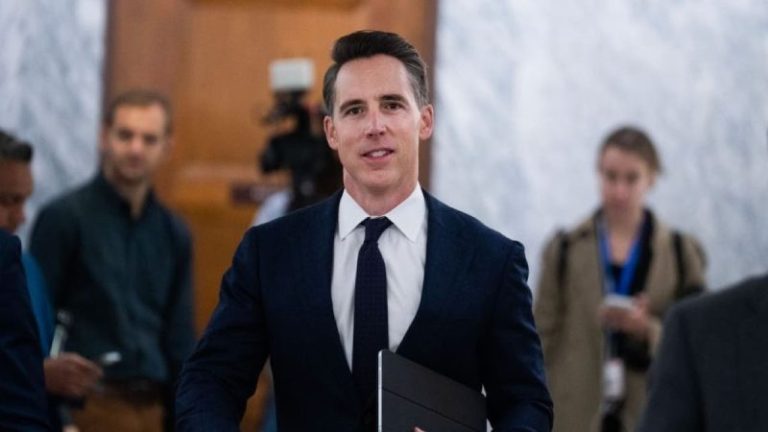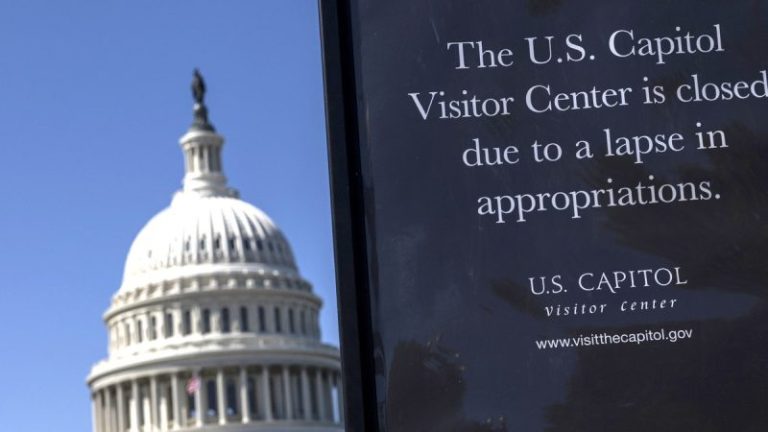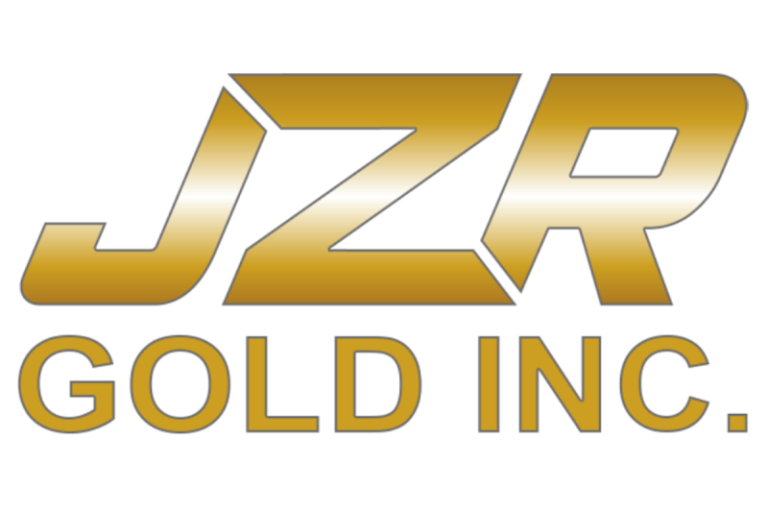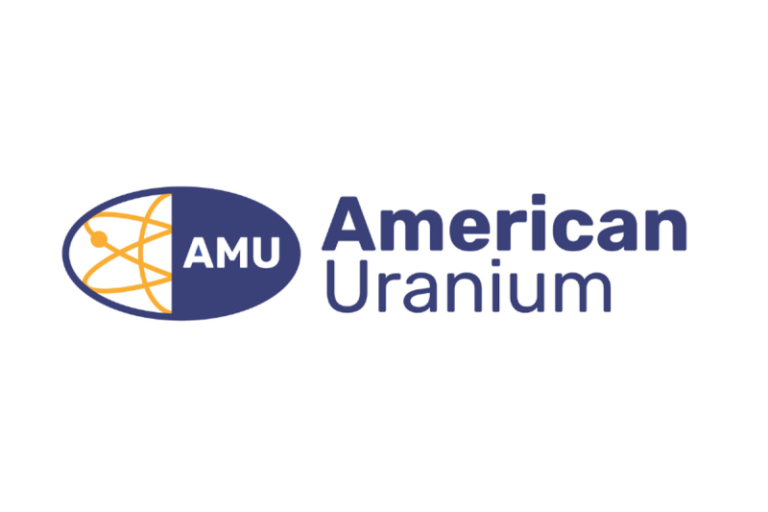At a White House ceremony in the Rose Garden on Tuesday on what would have been her husband’s 32nd birthday, Erika Kirk accepted the Presidential Medal of Freedom on behalf of Charlie Kirk and delivered a powerful, deeply personal tribute to his life and legacy.
‘Thank you, Mr. President, for honoring my husband in such a profound way,’ she began. ‘Charlie always admired your commitment to freedom.’
She offered thanks to the first lady, the vice president, and friends and family ‘watching from all around the world,’ along with Turning Point USA staff and chapters nationwide. ‘You are the heartbeat of this future and of this movement,’ she said. ‘Everything Charlie built lives through you.’
Erika added that the Presidential Medal of Freedom itself is rooted in America’s Founding. ‘The very existence of the Presidential Medal of Freedom reminds us that the national interest of the United States has always been freedom,’ she said.
‘Our founders etched it into the preamble of our Constitution, and those words are not relics on parchment. They are a living covenant. The blessings of liberty are not man’s invention. They are God’s endowment.’
She recalled how Charlie wrote about freedom often. ‘He believed that liberty was both a right and a responsibility. And he used to say that freedom is the ability to do what is right without fear. And that’s how he lived,’ Erika said.
‘His name, Charles, literally means ‘free man.’ And that’s exactly who my husband was,’ she continued. ‘From the time I met him, sitting across from him being interviewed about politics, philosophy and theology, I saw the fire in his soul. There was this divine restlessness within him that came from knowing God placed him on this earth to protect something very sacred. He never stopped fighting for people to experience freedom.’
Erika recalled Charlie often saying that ‘without God, freedom becomes chaos’ and that liberty can only survive ‘when anchored to truth.’ She remembered him telling an audience: ‘The opposite of liberty isn’t law. It’s captivity. And the freest people in the world are those whose hearts belong to Christ.’
Looking back at his years building Turning Point USA, she said, ‘While he was building an organization, he was also building a movement: one that called people back to God, back to truth, and a movement that was filled with courage.’
She described him as a man who loved life’s simplest pleasures: quiet walks, shelves full of books and Saturday mornings in the sun with decaf coffee and his phone turned off for the Sabbath. His birthday tradition, she recalled, was mint chocolate chip ice cream, enjoyed only on July 4 and his birthday.
‘Last year, his one birthday wish was to see the Oregon Ducks play Ohio State — and they won,’ she said. ‘Mr. President, I can say with confidence that you have given him the best birthday gift he could ever have.’
Turning to his final moments, Erika shared: ‘It was written across his chest in those final moments on one of his simple T-shirts that always carried a message — this one bearing a single word: freedom. That was the banner over his life.’
She said her husband never told anyone what to say but always encouraged them ‘to think outside of traditional political labels, anchored in wisdom and truth.’
‘Charlie wasn’t content to simply admire freedom. He wanted to multiply it,’ Erika said. ‘He wanted young people to taste it, understand it and defend it. He wanted them to see that liberty isn’t selfish indulgence — it’s self-governance under God.’
Every day, she recalled, he lived with fearless conviction. ‘He didn’t fear being slandered. He didn’t fear losing friends. He stood for truth and stood for freedom. Everything else was just noise to him. And it’s because his confidence in Christ was absolute.’
Erika said Charlie lived ‘only 31 short years on this side of heaven,’ but filled every day with purpose. ‘He fought for truth when it was unpopular. He stood for God when it was costly. He prayed for his enemies. He loved people when it was inconvenient. He ran his race with endurance, and he kept the faith. And now he wears the crown of a righteous martyr.’
She told the audience, ‘Heaven gained what earth could no longer contain — a free man made fully free. To all watching, this is not a ceremony. This is a commissioning. I want you to be the embodiment of this medal. I want you to free yourself from fear. I want you to stand courageously in the truth. And remember that while freedom is inherited in this country, each of us must be intentional stewards of it.’
Before closing, Erika shared her daughter Gigi’s birthday message: ‘Happy birthday, daddy. I want to give you a stuffed animal. I want you to eat a cupcake with ice cream. And I want you to go have a birthday surprise. I love you.’
‘I know that you’re celebrating in heaven today, but gosh, I miss you,’ she said through tears. ‘We miss you and we love you. And we promise we’ll make you proud. Charlie’s life was proof that freedom is not a theory. It’s a testimony. He showed us that liberty begins not in the halls of power, but in the heart of a man surrendered to God.’
She ended with a final tribute: ‘To live free is the greatest gift, but to die free is the greatest victory. Happy birthday, Charlie. Happy freedom day.’










